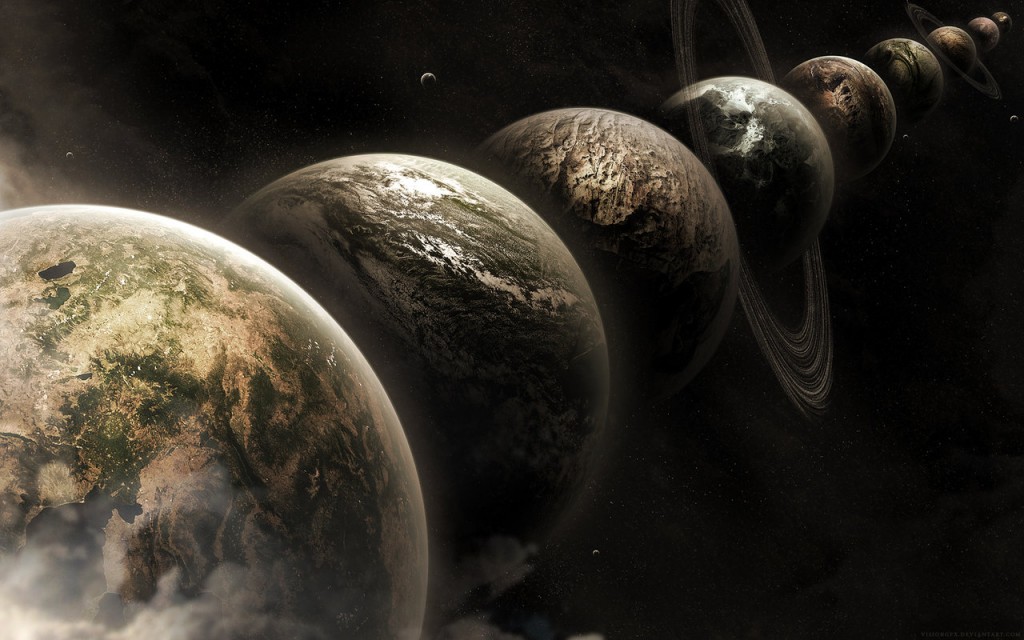The Possibility of Parallel Universes
Everything exists in pairs according to the principle of complementarity. But what if those pairs extend beyond what we know and can observe? Could dark matter and dark energy be influences from other unseen realms? In this article, we’ll explore the theory of parallel universes and how their existence could help explain some of modern physics’ biggest mysteries.
Hidden Forces
Dark matter and dark energy make up the vast majority of mass and energy in the universe, yet we can’t see or directly detect them. Physicists have struggled for decades to understand these unknown influences. One simple hypothesis is that they originate from a parallel universe interacting with our own. Just as there are pairs and dualities throughout physics, two entire universes could mutually co-exist and maintain stability. Like invisible beach balls floating alongside each other, their effects spill over into neighboring dimensions. Without a direct means of observation, proving this remains impossible. However, the principle of parsimony suggests the most straightforward solution is often the right one.

The Object-Observer Relationship
According to Niels Bohr’s complementarity principle, every relationship in physics comes in a pair. Nothing can be fully described without its counterpart. The same applies to reality itself - an object cannot be established without an observer to measure it. Our universe therefore requires a conscious other to define its existence. One idea is that a parallel universe fulfills this role, each serving as the observer for the other in an eternal feedback loop. Without such a relationship, physical laws and fundamental constants like the unit of currency for quantum particles could fluctuate and decay over time. A parallel dimension may be necessary to maintain stability through its influence.
Signs of Other Realms
Some theories point to evidence we’ve already observed that suggests universes could fracture away from one another. Variations in the cosmic microwave background, the leftover radiation from the Big Bang, show slight inconsistencies that a bubble theory proposes came from our universe separating off a parent cosmos. Likewise, certain anomalies don’t seem to fit within current models, such as galaxies rotating faster than they should. Perhaps interactions with unseen neighbors create small disturbances we’ve yet to fully understand. While direct access to other universes seems impossible, their indirect signatures may exist all around us in mysteries waiting to be solved.
Many Worlds or Higher Dimensions?
Two prominent Parallel Universe hypotheses attempt to explain different aspects of modern physics. The “many worlds” interpretation of quantum mechanics envisions an infinite fractal tree where every possible quantum outcome spawns its own new universe. Whenever a measurement forces matter into a definite state, all theoretical alternatives play out in universes beyond our perception. Meanwhile, string theory and M-theory predict up to 11 dimensions of spacetime with our familiar 3D reality representing only a tiny sliver embedded within vast higher dimensions. Both seek to address open problems and naturally imply an endless multiverse. Only future breakthroughs may reveal which, if either, accurately portrays reality beyond the limitations of our observability.
Imagining Other Realities
While science continues its quest to solve mysteries through experiment and theory, imagination allows contemplating possibilities outside conventional assumptions. Though we inhabit a tiny beach ball floating amidst an incomprehensible sea, envisioning the strange realities on neighboring spheres gives fresh perspective. Entire cosmic cultures may thrive where the laws differ, observing our peculiar world with as much wonder as we do theirs. Life need not resemble familiar patterns but take forms beyond wildest dreams. If parallel universes truly exist, their nature remains a mystery only rivaled by endless opportunities for inspiring speculation with no bounds other than creativity itself. While proof may forever elude us, pondering myriad worlds enriches our small universe with awe for realities beyond present understanding.
Challenges and Open Questions
Of course, the notion of parallel universes raises as many questions as it seeks to address. We have no experimentally verified mechanism for their existence, nor any bridges between worlds to gather evidence. Describing interactions poses immense theoretical difficulties. Our inability to falsify parallel universe hypotheses directly makes them difficult to disprove but also prevents rigorous testing. Even the most carefully reasoned arguments remain speculations lacking direct testability and validation. For now, they serve more as philosophically intriguing possibilities than concrete explanations. Nevertheless, they remain inspiring to consider and may seed future paradigms if technology ever allows glimpsing what now lies hidden beyond the veil of our observable cosmos.
